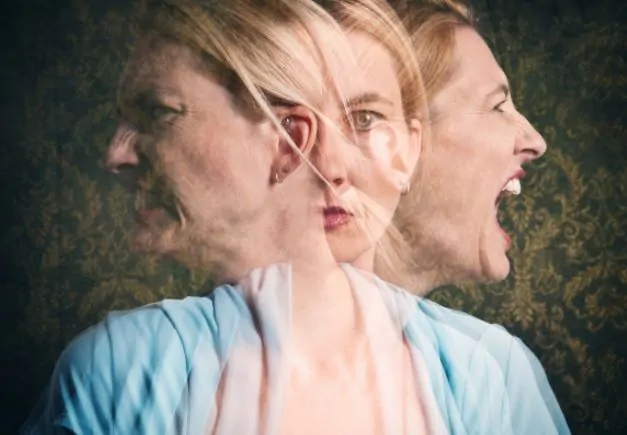Since his tragic death on June 14, Sushant Singh Rajput has dominated news headlines, social media content and drawing room conversations. While the narrative has constantly moved from Mental Health and Nepotism to a manipulative and controlling relationship, one statement remains constant—that is his incredible genius and passion for Physics, Philosophy and Astronomy.
A cursory scroll through his social media will reveal what a deeply curious and knowledgeable man he was. From Descartes to Sartre, from space exploration to animal behaviour, his awe and excitement at the universe’s wonders are apparent in his sublime thoughts.
If you do visit his Twitter profile, the cover photo is an image of Van Gogh’s Starry Nights. This is especially interesting as the painting is known the world over as the artist’s rendition of the scene from his asylum window at nighttime. A window that he frequently looked out of while battling depression.
Whether or not Sushant was depressed and bipolar as is being said by certain people involved, is yet to be proved but there is sufficient evidence in the annals of history that prove some of the world’s greatest artists were.
Also Read: Researchers say nurses face new type of trauma: insufficient resources
Recently, an article in a leading newspaper revealed that while in Florence, Sushant stayed in a heritage hotel where, in his room, was a copy of the famous Goya painting, Saturn Devouring His Son. If you haven’t seen this painting, it is disturbing, a keenly graphic visual of Saturn, eating his son, the child’s head and one arm already consumed, a bloodied torso in his grip and a maniacal glare in his eyes.
This was one among the 14 dark and demonic paintings Francisco Goya did on the walls of his house, born out of hallucinations and delirium. These paintings were his personal mirror, one that depicted his struggle with his own morality and existence. They were never meant for public consumption.
The relationship between art and madness is as old as art itself. In Plato’s Phaedrus, the philosopher says that artists were bestowed with divine madness. Given the events that unfolded over the next few centuries and across geographies, one can’t help but assume that he was right. The famous trope of ‘mad genius’ perhaps found its bearing in this early premise laid by Plato.
Van Gogh chopped off his ear and eventually killed himself. Much like Goya’s Saturn Devouring His Son, the context of Starry Nights by Van Gogh is also embedded in the artist’s own struggle with his brilliant but disturbed mind.
Celebrated sculptor Michelangelo’s genius was both his best friend and worst enemy. The detailing and accuracy of his sculptures have led several art historians to wonder if he was Obsessive Compulsive. In a publicly available letter to his father he writes, “I lead a miserable existence and reck not of life nor honor – that is of this world; I live wearied by stupendous labors and beset by a thousand anxieties. And thus I lived for some fifteen years now and never an hour’s happiness have I had.”
In his own words, Norwegian Expressionist artist, Edvard Munch, said of his most celebrated work, ‘The Scream’ that it was an honest, ugly interpretation of his constant struggle with anxiety. The disfigured, ghost-like man screaming on the bridge is his reproduction of an episode of extreme anxiety he himself went through. This theme recurs in several of his paintings.
Leonardo Da Vinci, perhaps the world’s most celebrated artist, was posthumously diagnosed with ADHD or Attention Deficit Disorder when his incomplete ideas and artworks revealed a restless genius never quite able to focus for too long.
Poetesses like Virginia Woolf and Sylvia Plath were both confirmed to be depressed and ultimately ended their lives by gruesome and dramatic suicides. Woolf swam into the middle of a river to drown herself and Plath famously stuck her head in an oven dying ultimately from Carbon Monoxide inhalation. Both women had long histories and public episodes of struggles with mental health.
Imagination is an artist’s most powerful tool and if their mind is prone to hallucinations, psychosis and delusion they will naturally find their way to the artistic content they create. It seems likely then that the overactive imagination and heightened senses of those afflicted influences, if not directly causing, the existence of some of the world’s most famous artworks.
So, is artistic genius a result of madness or the cause of it, the question lingers!













